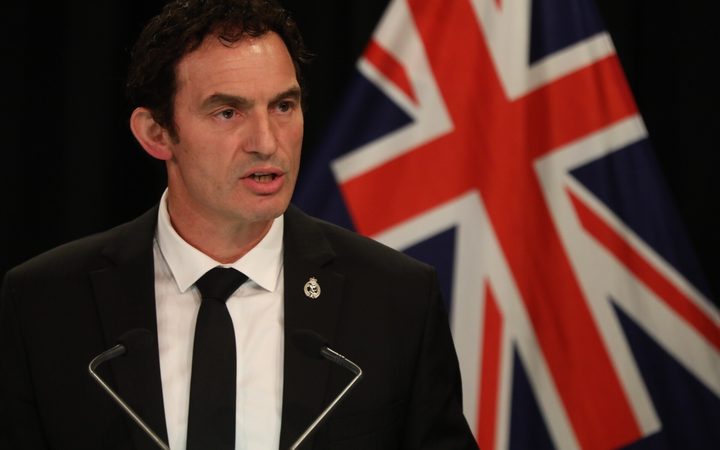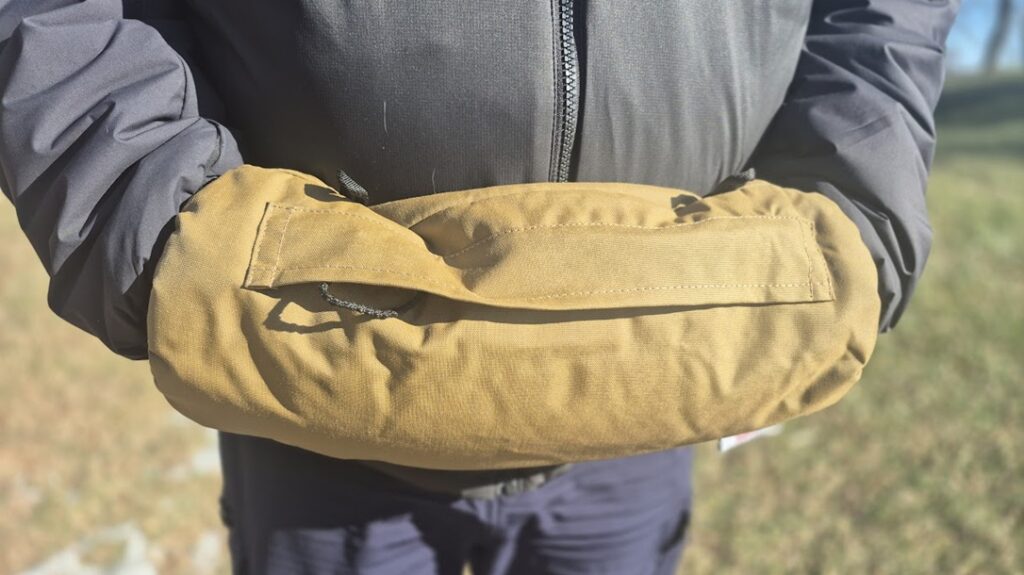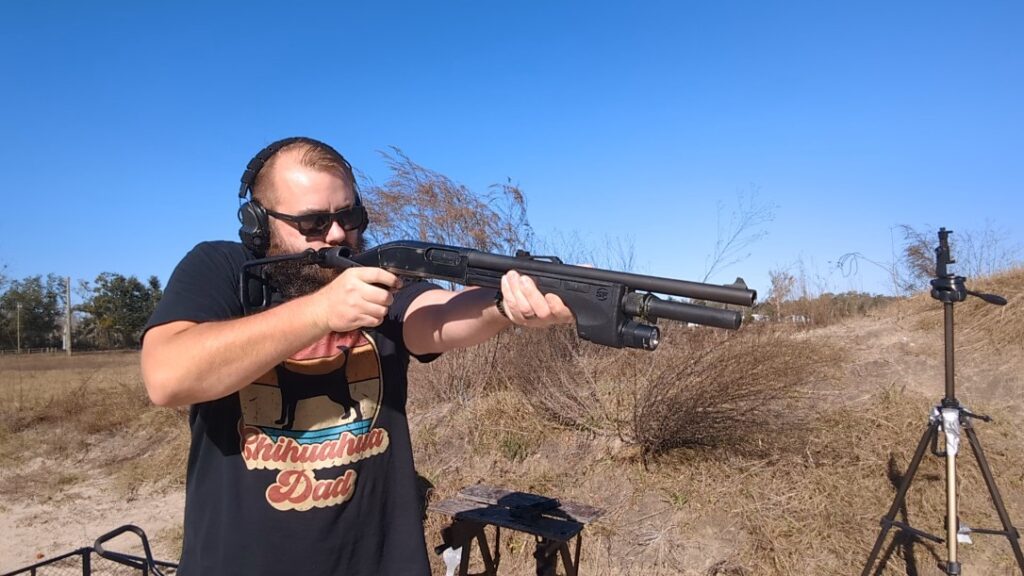‘A privilege not a right’ –New Zealand Police Minister Stuart Nash
What’s happening currently in New Zealand is precisely the reason we have, and must defend and cherish, the constitutional protections of our rights.
The proposed deadline for the ban’s full implementation is September 30th.
- The ban applies to semi-automatic weapons and “military-style” semi-automatics (MSSAs).
- It prevents people from owning parts, magazines and ammunition that can be used to assemble prohibited weapons.
- It bans semi-automatic shotguns that can be fitted with detachable magazines, and pump-action shotguns that hold more than five rounds.
- The law wouldn’t include weapons used by farmers and hunters, including semi-automatic .22 caliber or smaller guns that hold up to 10 rounds.
- There would be an amnesty for unlawful items to be handed in by the end of September this year, with a buyback scheme costing up to 200 million New Zealand dollars ($136 million, 135 million euros).
As of current reporting the number of firearms surrendered by the populace to the government is small. The law is not passed yet however, although its passage seems assured.
Advertisement — Continue Reading Below
New Zealand Police Minister Stuart Nash said the law was aimed at ensuring that incidents like the Christchurch shootings did not happen again, ensuring that legal weapons could not be turned into illegal ones.
Here’s the crux of the problem, Mr. Nash. You cannot ensure that incidents like Christchurch do not happen again. Making that statement is intellectual dishonesty of the highest order or monumental self deception.
How does this ban ensure, or at a minimum drastically increase the physical security of New Zealanders?
Advertisement — Continue Reading Below
It does not.
It doesn’t better the physical security of places of worship or other gathering spaces. It does not drastically alter the casualty causing capacity of the next assailant or assailants who have already chosen to disregard any value on human life and the laws against its unjust taking.
This series of legal changes does nothing but blindly hope that they catch the next weapon that would otherwise be used and that such a motivated killer doesn’t select another one. When considered objectively this method of legislative shift is grasping at straws. “We must do something!” so what ends up being done is the mass limitation of a freedom in and a vainglorious declaration that this is the only logical move to prevent the next attack. It won’t, and unless they’re imbecilic they know it.
Advertisement — Continue Reading Below
Which leaves only two motivations.
- The law is passed, knowing the flaws, in an outward show of drastic response. To make the public feel like the government is ‘deadly serious’ about the horror of this attack and it will do everything popular (not everything effective) to visibly make sure (despite that impossibility) that it won’t recur. It’s a public relations play built with genuine sympathy and it gambles against the rarity of these attacks.
- The law is passed to disarm New Zealanders so that the possibility of armed resistance against any other force is minimized by mass lack of effective tools (assuming compliance). This assures the state’s monopoly on force.
It’s either good looking window dressing or it is a move to consolidate power and revoke a ‘privilege’ as the NZ government deems it.
We will monitor compliance numbers when the force of law comes around in actuality.
Advertisement — Continue Reading Below















